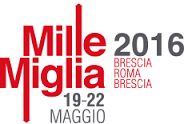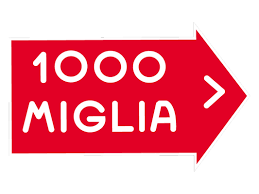A film, an icon, the profile of an Italy exploding between cultural rigidity and frantic change. Sixty years ago, La dolce vita by Federico Fellini appeared in cinemas, and in popular culture. Just on the night between 2 and 3 February 1960 at the “Cinema Fiamma di Roma”, today closed, there was the premiere.
The Film
We are in the glamorous Rome of the ’60s, where Marcello Rubini (Marcello Mastroianni), a scandal journalist, spends his life through a purely Hegelian drama, that is: between having to be a scandal journalist and wanting to be a novelist.
Through the character of Marcello, Fellini unveils to us lights and shadows of the Capitoline society of the time, such as: the arrival of a Statue of Christ headed to the Vatican aboard a helicopter; Marcello’s continuous betrayals that lead his girlfriend Emma (Yvonne Furneaux) to the attempted suicide and the will of a man who, after the escaped tragedy, decides to throw himself headlong into his job accepting to follow the famous Hollywood star Sylvia (Anita Ekberg). Through her, Fellini takes the protagonist and the spectator into the complex meanders of a society that changes, rebeling quietly and finding itself devoted to beauty as if it were sunken, festive and luxuriant in the Trevi Fountain. And, in an instant, it is as if that “Marcello come here” was an invitation addressed to all that ” dolce” Italy.
“A Small World” in Via Veneto
Like a current that crosses a river from Porta Pinciana to Piazza Barberini, Via Veneto is the place where Italy changes, Neorealism flakes and is tinged with a golden filigree, a new light.
Located in the beating heart of Rome, a stone’s throw from Via Veneto, the visceral soul of the freshness of the style known as “dolce vita”, the Il Piccolo Mondo restaurant is a witness to an inexorable change of the guard, becoming a cradle of change and home to the likes of Federico Fellini.
Federico Fellini and the evenings in via Veneto
Federico Fellini walked along Via Veneto like an ante litteram flux of Roman sociology. Born in Rimini and moved to Rome to study, he made the city his second home, so much so as to make it the inspiring muse of his greatest films from Roma to La dolce vita. The capital took on new facets for Fellini: a protagonist with a thousand faces, told in a prosaic way as one does of a woman one admires and loves so much.
In an interview Fellini said: “In the evening we went to Via Veneto”. And it was precisely this little glimpse of Rome that became a corner of home for the director, a place to live, made up of nineteenth-century facades, crowded hotels and beauties immortalized by a flash. Here, the “painter” Fellini admires his masterpiece that moves and turns from “dolce vita” into “daily life”. Via Veneto could not, therefore, fail to thank that great master. Crossing the Aurelian arches we arrive in largo Federico Fellini, dedicated to the man who made Via Veneto “the theatre of the Dolce Vita”.
Federico Fellini and food
A table laid and a family reunited. Speaking of Fellini, one cannot help but think of one of Amarcord’s scenes, but it is also the scene that comes closest to his life experience in terms of food. Son of a parmesan representative, he tells of how he grew up “with that smell under his nose”, as he said as an adult. However, his favourite dish remained, without a shadow of a doubt, the English soup prepared by his grandmother and enriched with a very special meringue. At the time, in fact, since there were no piping bags, his grandmother used to put the mixture of egg white and sugar inside a cone made of newspaper. And it was precisely this detail that made that meringue so special, which took on an aftertaste of newsprint impossible to reproduce, because the newspaper in question was now out of print. He loved first courses, as not to mention one of his famous phrases: “life is a combination of pasta and magic”. In an interview he revealed that he loved to eat alone during filming. Voracious but too anxious to sit still, he said that having lunch with the film crew would distract him.
We, however, like to imagine him like this: sitting at one of the tables of the restaurant Il Piccolo Mondo, in front of a steaming pasta dish, watching life flowing outside and a new idea running through him.



